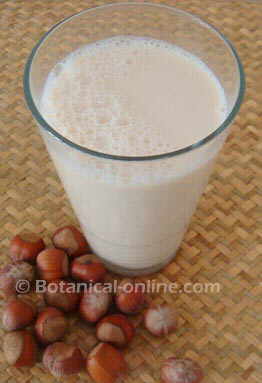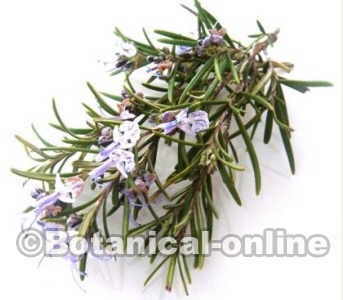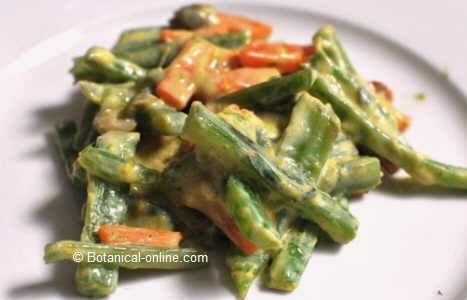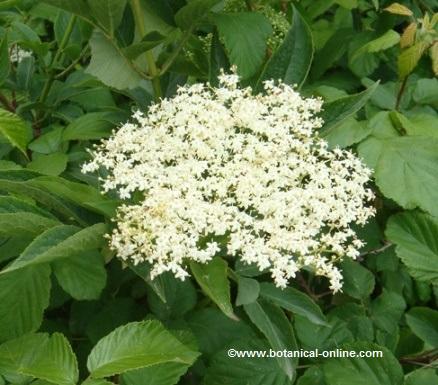Hyaluronic acid for the skin and joints
CHARACTERISTICS OF HYALURONIC ACID
What is hyaluronic acid?
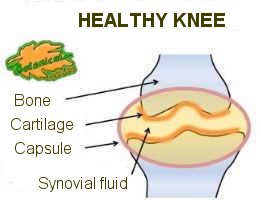
Hyaluronic acid, hyaluronate or hyaluronan is a polysaccharide with viscous and elastic properties. It has a structural function as it is part of various organs.
In what parts of the body is it found and what is its function?
It is found in different structures, mainly inside the joints (synovial fluid), in the connective tissue and the skin (joining the cells of the tissues by a gelatinous matrix), inside the eye (vitreous humor) and in the umbilical cord (Wharton’s jelly).
Chemically, hyaluronic acid is a glycosaminoglycan-type heteropolysaccharide. It consists of an unbranched polysaccharide composed of long chains of hyalobiuronic acid (D-glucuronic acid linked to N-acetyl-D-glucosamine).
It has a high molecular weight, which provides it with viscous and rheological properties, capable of absorbing the impact of blows.
Proper nutrition allows the body to produce this substance in sufficient quantity to have good levels of hyaluronic acid in the body.
Hyaluronic acid for arthritis
Hyaluronic acid lubricates the joints, protects cartilage, and helps cushion shock. It also serves as an exchange of substances and helps nourish joint tissue. All this makes it a very beneficial substance for arthritis.
This substance is found inside the joints, forming the synovial fluid, with viscoelastic properties to avoid friction between the bones, protecting the surface of the articular cartilage and improving the movement and function of the joint.
When the synovial fluid is insufficient, contact between the bones that make up the joint can occur, causing inflammation due to bone wear (osteoarthritis).
Hyaluronic acid is used to improve some diseases, especially those of the osteoarticular type. The administration of intra-articular hyaluronic acid injections helps relieve arthritic pain and stimulates the natural production of hyaluronic acid in the joint. Some of these studies were done by injecting 20 mg. of hyaluronic acid for 3 to 7 weeks in the knee.
Hyaluronic acid for skin wrinkles

The decrease in hyaluronic acid causes dehydration of the skin. This component captures water forming a gel that fills the intracellular space. Its function is to unite all the cells of the tissue in a gelatinous matrix that gives it turgidity and resistance to compression of the skin, avoiding wrinkles.
Along with this function, hyaluronic acid grafts are used as a filler agent in aesthetic treatments for wrinkles, dark circles, etc. This substance cannot be absorbed through the skin, so creams with this component are not as effective as grafts. To improve skin health it is also recommended to combine treatments with a skin care diet.
- Vision health: It is part of the vitreous humor, the jelly-like substance found inside the eyes that protects the cornea. It is used in cataract operations and in other ophthalmological cases.
Natural treatments with hyaluronic acid
Hyaluronic acid has proven to be very effective in the medical and aesthetic treatments mentioned above. This substance can be used in the following situations:
- Improve skin health
- Help joint recovery (knee recovery, muscle recovery, etc.)
- Diet for arthritis or osteoarthritis
- Diet to improve vision health
For the treatment to be effective, it must be accompanied by medical advice and the doctor’s recommendations regarding physical exercise, sun exposure and adequate nutrition.
How to take hyaluronic acid supplements?
The use of hyaluronic acid as a nutritional supplement does not seem justified since there is not enough evidence to ensure that the ingestion of this component helps the joints, cartilage, bones, tendons or other tissues. Although there are many nutritional supplements that incorporate this component, the truth is that its benefits are not proven. In addition, by providing a nutritious diet to the body, it is capable of producing its own hyaluronic acid (eg a diet with plant proteins such as spirulina, minerals such as those provided by seeds and legumes, etc.)
In cases where there is a pathology, such as a knee injury or osteoarthritis, the ingestion of this supplement alone cannot be expected to improve the injury.
It seems that, internally, the best treatment is a proper diet, if necessary, with anti-inflammatory plants, foods for arthritis, etc.
As for food, it should mainly provide vitamin C (helps in the formation of collagen, important for the skin and joints) and beta-carotene (for skin care).
![]() More information on natural foods and remedies
More information on natural foods and remedies

